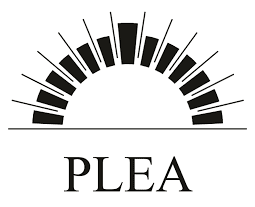According to a UN report, by 2050, the world’s population will reach around 9.7 billion. This growth, alongside a changing climate, will strain natural resources, especially the food supply chain. There will also be issues in relation to human health, education and well-being, due to people’s growing distance from food supply. Previous projects have sought a solution to these problems through vertical farming. Producing food within an urban environment suggests a different worldview for the next generation of living and a new urban lifestyle. In collaboration with SOM, this project explores the feasibility of using a network of hybrid farms to address London’s growth challenges. The research included solar studies of 3 building geometries in the identified farming zones within the building. The thermal analysis, conducted in studied areas, revealed that the optimum footprint is a square geometry. As an example, the lettuce was chosen to quantify and compare the production potential, food miles, energy and water consumption between the main farming systems. The building’s design maximises daylight and sunlight access in order to produce vegetables using the least amount of artificial energy. In this manner, the hybrid farms minimise energy demand, water consumption, transportation distances and land use.
Indoor Farming in Future Living Models
This entry was posted in Conference Poster. Bookmark the permalink.

